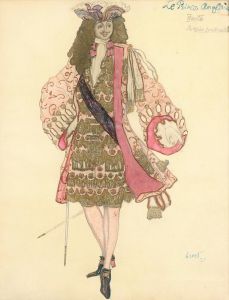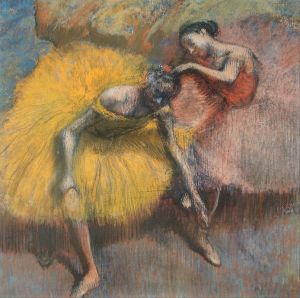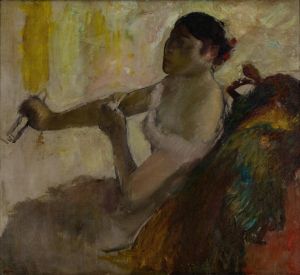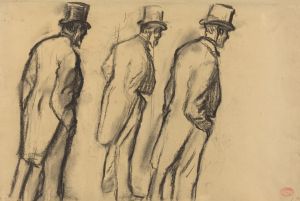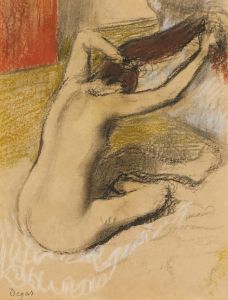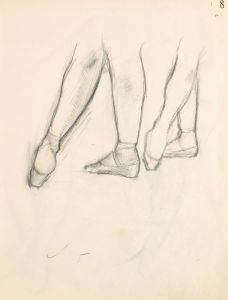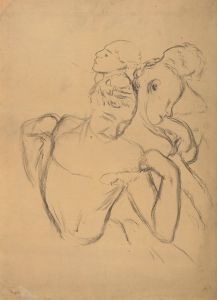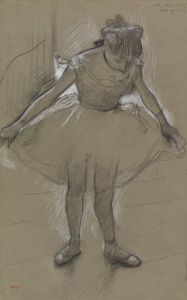
Seated Dancer
A hand-painted replica of Edgar Degas’s masterpiece Seated Dancer, meticulously crafted by professional artists to capture the true essence of the original. Each piece is created with museum-quality canvas and rare mineral pigments, carefully painted by experienced artists with delicate brushstrokes and rich, layered colors to perfectly recreate the texture of the original artwork. Unlike machine-printed reproductions, this hand-painted version brings the painting to life, infused with the artist’s emotions and skill in every stroke. Whether for personal collection or home decoration, it instantly elevates the artistic atmosphere of any space.
Edgar Degas, a prominent French artist associated with the Impressionist movement, is renowned for his depictions of dancers, capturing their grace, movement, and the behind-the-scenes moments of their craft. One of his notable works, Seated Dancer (Danseuse Assise), exemplifies his fascination with the world of ballet and his innovative approach to composition and technique.
Seated Dancer is a pastel drawing, a medium Degas frequently employed to achieve vibrant colors and dynamic textures. The artwork portrays a ballerina seated in a moment of rest, her posture relaxed yet imbued with the poise characteristic of a trained dancer. Degas often depicted dancers in informal, candid poses, offering a glimpse into their lives beyond the stage. This focus on the everyday aspects of a dancer’s life was a departure from the idealized representations of performers common in earlier art.
The composition of Seated Dancer reflects Degas’s mastery of capturing movement and anatomy. The figure is rendered with a keen attention to detail, particularly in the musculature and posture, which convey both the physical demands of ballet and the fleeting moments of repose. The pastel medium allowed Degas to layer colors and create a sense of depth and texture, enhancing the realism of the figure while maintaining a sense of spontaneity.
Degas’s interest in dancers was not merely aesthetic; it was also deeply rooted in his exploration of modern life and the human form. Ballet, as a subject, provided him with an opportunity to study movement, light, and the interplay of color. His works often reveal the rigorous training and discipline behind the seemingly effortless performances on stage.
The exact date of Seated Dancer is not definitively known, but it is consistent with Degas’s prolific output of ballet-themed works during the late 19th century. This period marked a significant phase in his career, during which he increasingly relied on pastels and experimented with unconventional compositions. Degas’s works from this time often feature cropped perspectives and asymmetrical arrangements, influenced by his interest in photography and Japanese prints.
Today, Seated Dancer is celebrated as a testament to Degas’s ability to capture the essence of his subjects with sensitivity and technical skill. The artwork is part of the broader body of Degas’s studies of dancers, which remain some of the most iconic and beloved images in the history of art.








